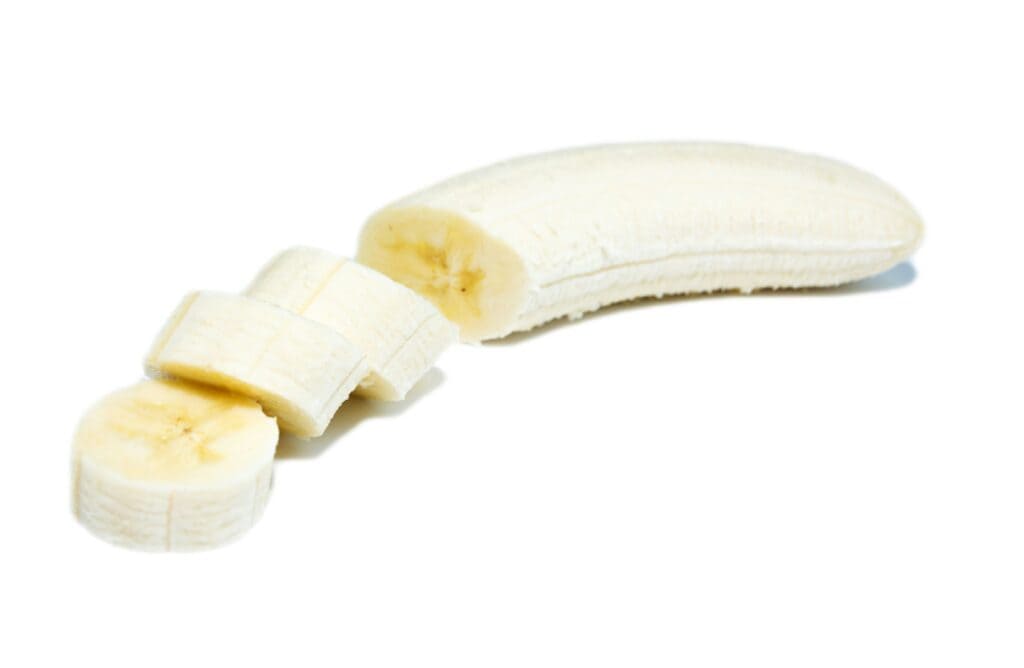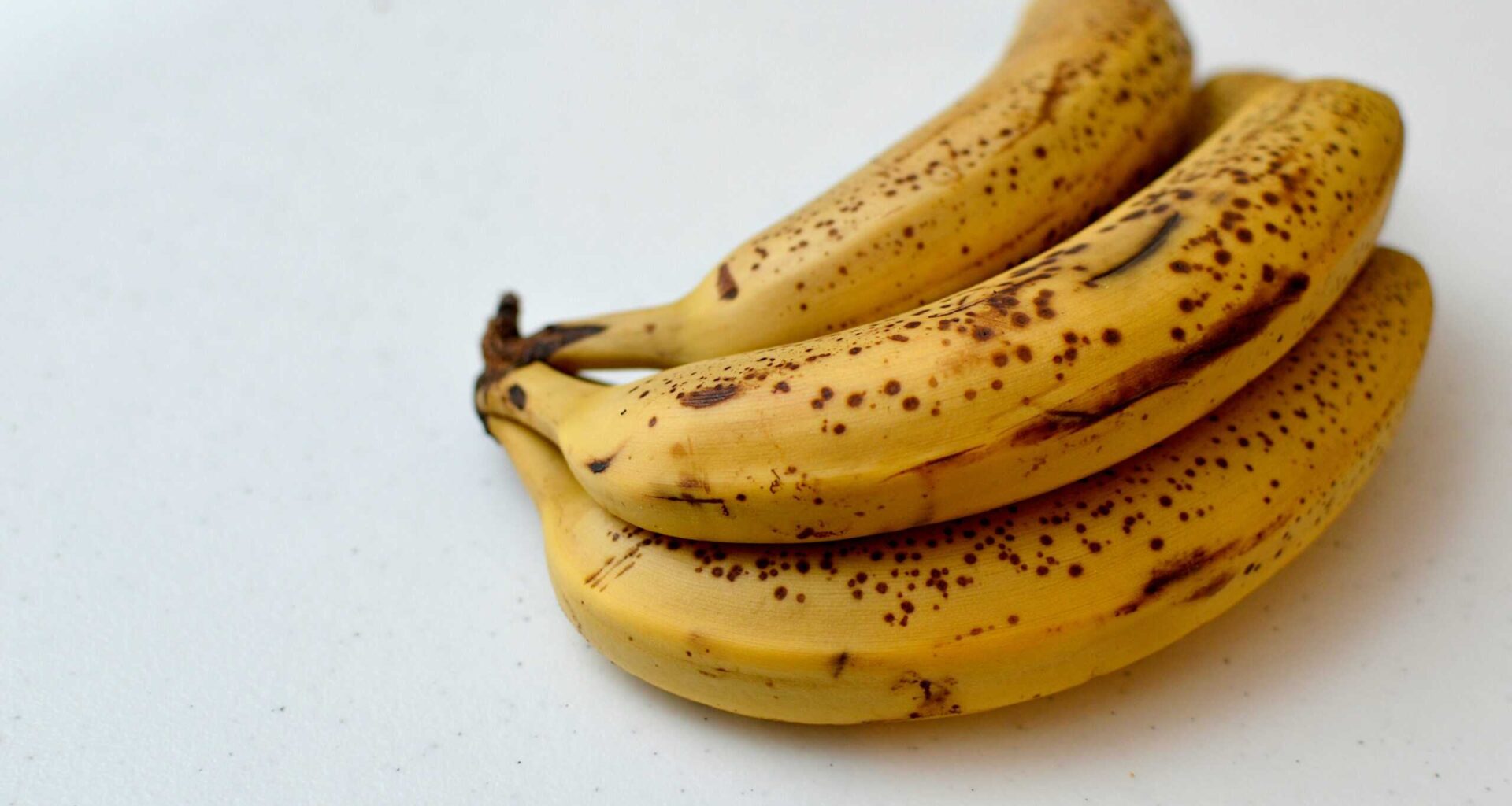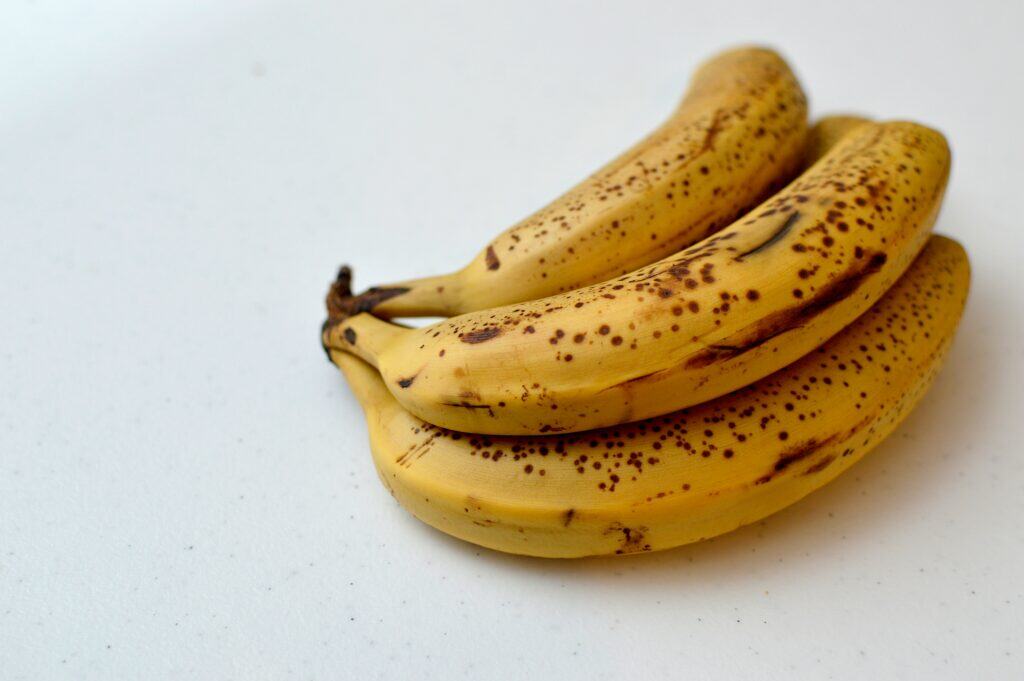Any banana you eat today is probably a clone. You may have noticed it doesn’t have seeds. And that’s because nearly every banana sold globally is a genetic copy of a single variety: the Cavendish.
The vast majority of bananas sold nowadays are Cavendish, a single variety that accounts for over 90% of the global export market. The Cavendish rose to dominance not because it was the most delicious, but because its predecessor, the Gros Michel or “Big Mike,” was wiped out by a virulent fungus called Panama disease. The industry pivoted to the resilient Cavendish to survive. This created a vast but very fragile monoculture — because every Cavendish banana is genetically identical.
Today, a new strain of that same Panama disease, Tropical Race 4 (TR4), is spreading across the globe, and the Cavendish has no natural defense against that. But the Cavendish has another, far more mundane, problem: it easily turns brown.
Yellow, Not Brown
When a banana is bruised, cut, or peeled, enzymes trigger a chemical cascade that ends in melanin, the same pigment that colors human hair. Those brown patches are technically harmless, but they’re responsible for throwing away nearly one-third of all bananas grown worldwide — roughly 5 billion bananas in the U.S. alone every year.
This is where the new banana comes in.
 The new banana promises to stay fresh and not brown for at least 12 hours. Image credits: Bermix Studio.
The new banana promises to stay fresh and not brown for at least 12 hours. Image credits: Bermix Studio.
Researchers at Tropic Biosciences, a UK-based biotech firm, have used CRISPR/Cas9, a gene-editing tool often called “molecular scissors,” to delete the specific gene responsible for browning. Without that gene, the fruit’s flesh stays creamy-yellow for at least 12 hours after peeling.
The invention has made it onto TIME’s 2025 Best Inventions list, in the food and drink category, and would be the first new commercial type of banana in over half a century.
“This innovative banana has the same great taste, texture and aroma as a standard Cavendish banana — but stays fresher for longer,” writes Tropic Biosciences in a press release. “Our non-browning banana variety is now commercially available, and will be launching to consumers in the US and Canada in 2026.”
This banana is, curiously, not technically a GMO (at least by most definitions). GMOs typically involve adding in foreign DNA; this one just has some of its existing DNA cut out. The edits are small and, in theory, could occur through natural mutation.
Interestingly, this banana isn’t classified as a GMO under most definitions. While GMOs involve adding foreign DNA, the CRISPR-edited banana simply removes a small stretch of its own genetic code. The resulting mutation could theoretically occur naturally. That distinction gives Tropic’s banana a major regulatory advantage. It’s already approved in the Philippines, the U.S., and Canada, bypassing the intense scrutiny and protests that often accompany genetically modified foods.
Not the First Non-Browning Fruit
The idea of non-browning fruit isn’t new. In 2015, Canadian scientists introduced the Arctic Apple, which used an older technique (RNA interference) to silence the same browning enzyme. Regulators deemed it safe, but public perception was frosty.
The apple industry itself pushed back fiercely. Growers feared a GMO apple would tarnish the fruit’s wholesome image and worried about cross-pollination. Pollen from Arctic Apple orchards could drift into neighboring organic farms, contaminating their crop and jeopardizing their certification. This argument proved powerful, and major food companies like McDonald’s preemptively announced they would not use the apples.
The non-browning banana, however, has two key advantages. First, it uses a more refined technique. CRISPR has also been used to cure people of rare diseases. Perhaps more importantly, it completely eliminates the pollination argument. The Cavendish banana is sterile. It doesn’t produce seeds or pollen and is propagated asexually using cuttings. The risk of its genes spreading to other banana plants, organic or otherwise, is zero. This simple fact removes a major and legitimate concern that helped stall the Arctic Apple’s acceptance.
The non-browning banana has received regulatory clearance in the Philippines, the U.S., Canada, and several other nations, and there doesn’t seem to be as much pushback (at least not yet). The appeal of the product is also clear.
First, it promises to drastically reduce the 25% of emissions from the banana supply chain that are linked to food waste. Second, it unlocks entirely new markets. For the first time, fresh, pre-sliced bananas could become a staple in fruit salads, yogurt parfaits, and the entire ready-to-eat convenience sector — a lucrative space from which the fruit has been excluded due to its rapid browning.
Overcoming Neophobia, Saving Bananas
Ultimately, the fate of this innovation will be decided by consumers. Surveys suggest consumers in Asia may be more willing to accept the new banana, though Western buyers remain wary of anything “genetically modified.” Perceived safety, not science, will likely decide its fate.
Overcoming food neophobia (the innate fear of new foods) remains a challenge. Historically, genetically modified foods have been wildly unpopular. But this non-browning banana represents a paradigm shift in agricultural biotechnology.
While first-generation GMOs typically offered producer-focused traits like herbicide tolerance, this new wave of products provides direct, visible, consumer-focused benefits like convenience and aesthetics. CRISPR is also a far more reliable tool, but it’s not clear if that will make a big difference for consumers.
This is also an important step towards saving the Cavendish banana from the existential threat of the Panama disease. If the non-browning banana is accepted, it can act as an ambassador for a more resilient, genetically edited Cavendish banana. That banana, while crucial for the survival of the entire industry, offers no new tangible benefit to the average shopper. By first winning acceptance with a “cosmetic” improvement, Tropic Biosciences may be paving the way for a major rescue mission.


